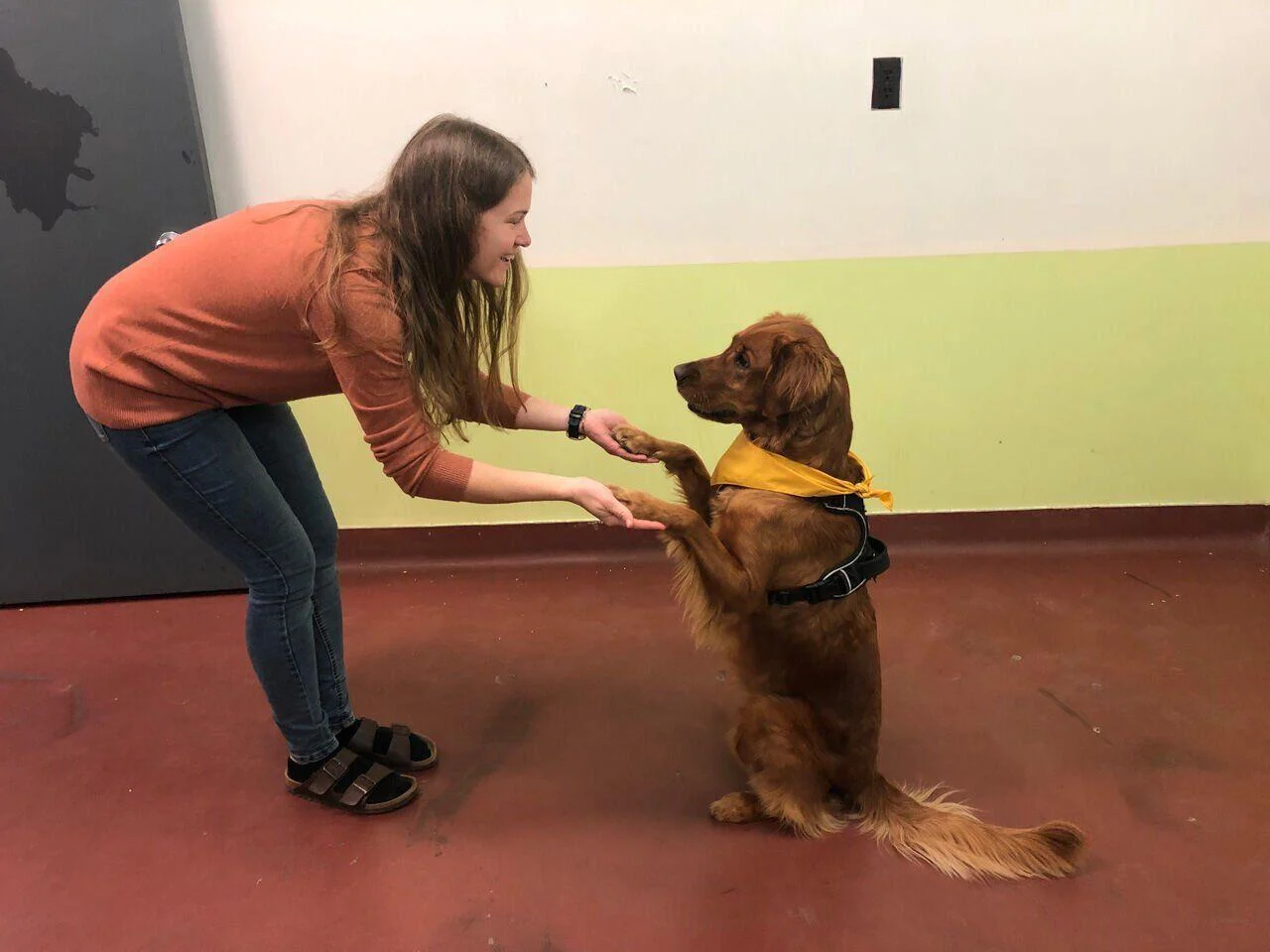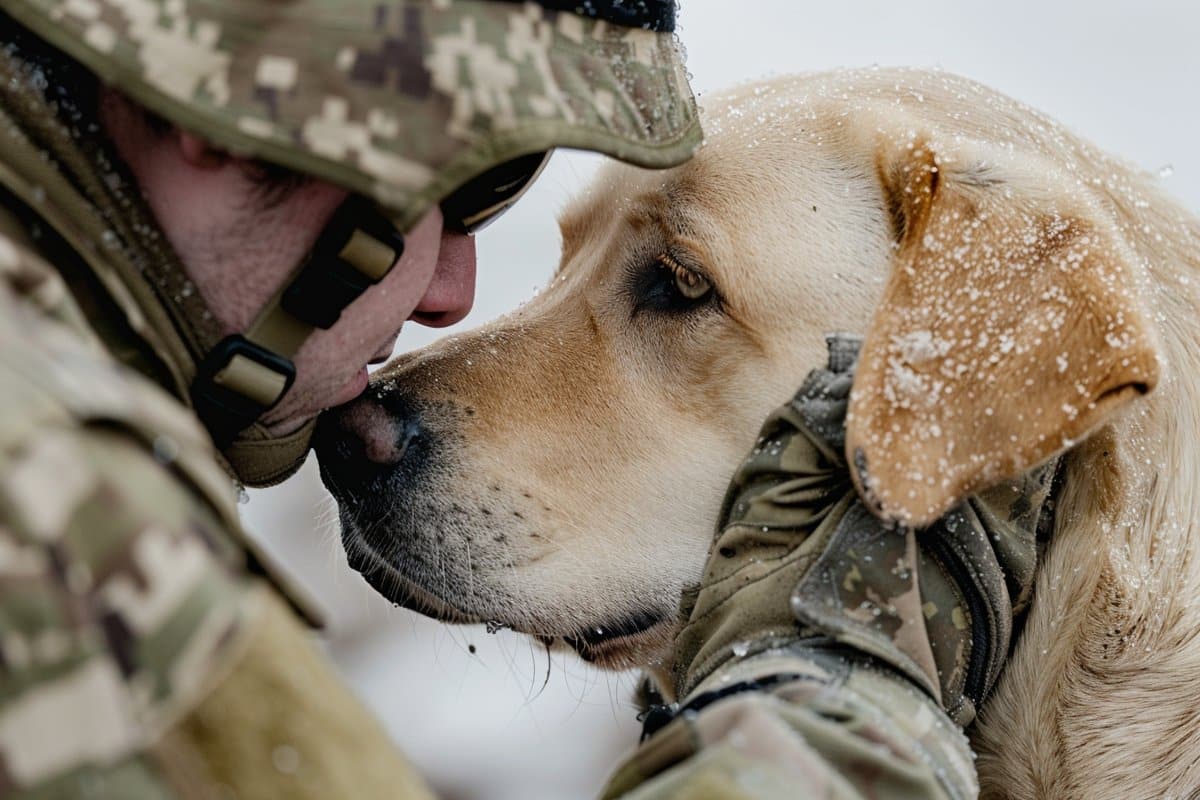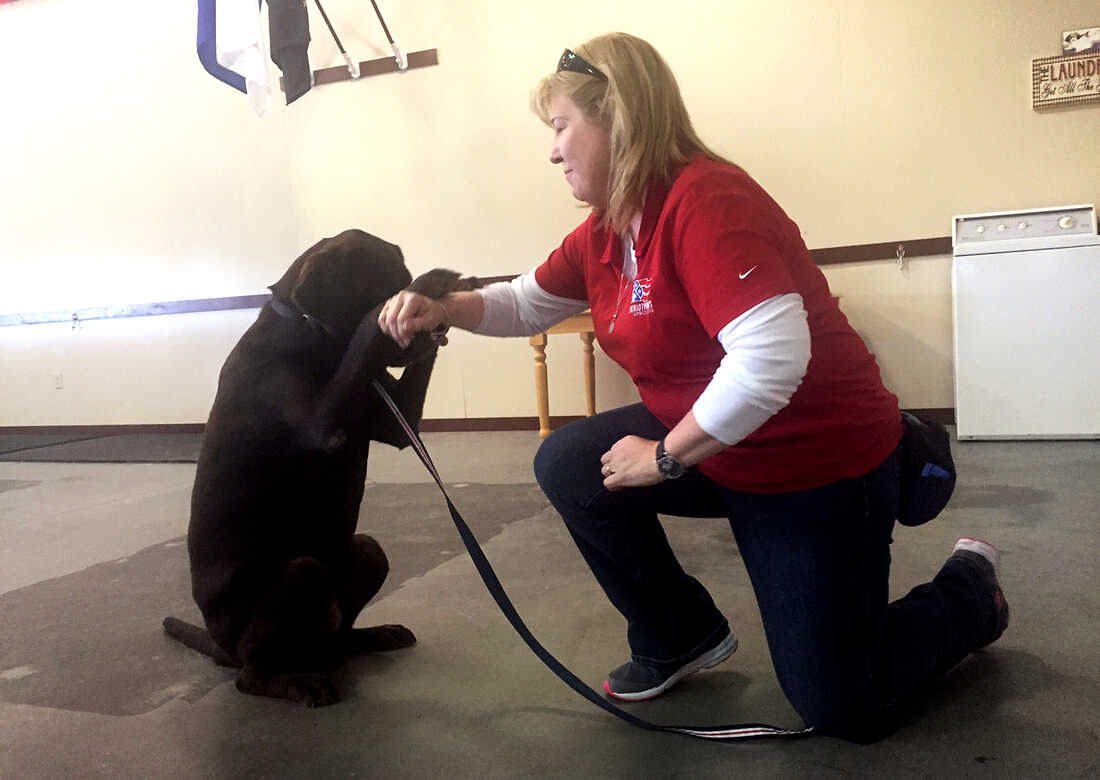The remarkable capabilities of dogs extend beyond companionship and security. A groundbreaking study conducted at Dalhousie University in Nova Scotia has unearthed a remarkable facet of canine ability: detecting trauma through the subtle cues in human breath.
This discovery not only deepens our understanding of the canine olfactory system but also opens new avenues in supporting mental health, particularly for individuals grappling with Post-Traumatic Stress Disorder (PTSD).

Dogs: The Science Behind the Scent
The study involved 26 individuals, referred to as scent donors, who participated by wearing face masks while engaged in recalling traumatic memories as well as during calm states.
The researchers aimed to explore if dogs could identify changes in their breath that occur when they experience PTSD symptoms, particularly before the onset of flashbacks.
Several Vets that I know have service dogs who can sense when they start to feel stressed and other PTSD symptoms. Who knows what kind of training those have had. Their natural instincts aren’t taught.
— Vigilant Patriot (@newgopRtraitors) April 25, 2024
Two trained dogs, Callie and Ivy, were integral to the research. They demonstrated the ability to distinguish between the ‘calm’ and ‘distressed’ masks, showcasing not just a high level of accuracy but also a keen inclination towards this type of work.
Laura Kiiroja, the study’s lead author, highlighted the dogs’ enthusiasm, saying, “Both Ivy and Callie found this work inherently motivating. Their limitless appetite for delicious treats was also an asset. It was much harder to convince them to take a break than to commence work.”

Distinguishing Stresses: A Canine Skill
Callie and Ivy displayed impressive accuracy rates, with Callie distinguishing the masks correctly 81% of the time and Ivy at 74%. The slight variance in their performance might be attributed to their different sensitivities to the types of stress hormones emitted through breath.
“Although both performed at very high accuracy, they seemed to have a slightly different idea of what they considered a ‘stressed’ breath sample,” Kiiroja explained.
According to Kiiroja, Ivy seemed more attuned to the hormones associated with the sympathetic-adreno-medullar axis, such as adrenaline, while Callie appeared more responsive to the hypothalamic-pituitary-adrenal axis hormones, like cortisol.
This distinction is crucial for the training of service dogs to alert for early-onset PTSD symptoms, which can significantly aid in timely therapeutic intervention.

Implications for Mental Health and Beyond
The implications of these findings are profound. By harnessing the innate abilities of dogs, we can develop non-invasive methods to monitor and manage mental health conditions.
For those living with PTSD, a canine companion trained to detect oncoming flashbacks could provide invaluable support, helping mitigate the episodes by alerting the individual to take proactive steps.
This study not only reaffirms the deep bond between humans and dogs but also highlights the potential for “man’s best friend” to contribute to mental wellness in a capacity previously unimagined.
As research continues to unfold, the role of dogs in mental health support could become a cornerstone of therapeutic practices—a silent, yet profoundly impactful, ally in the journey towards healing and resilience.










